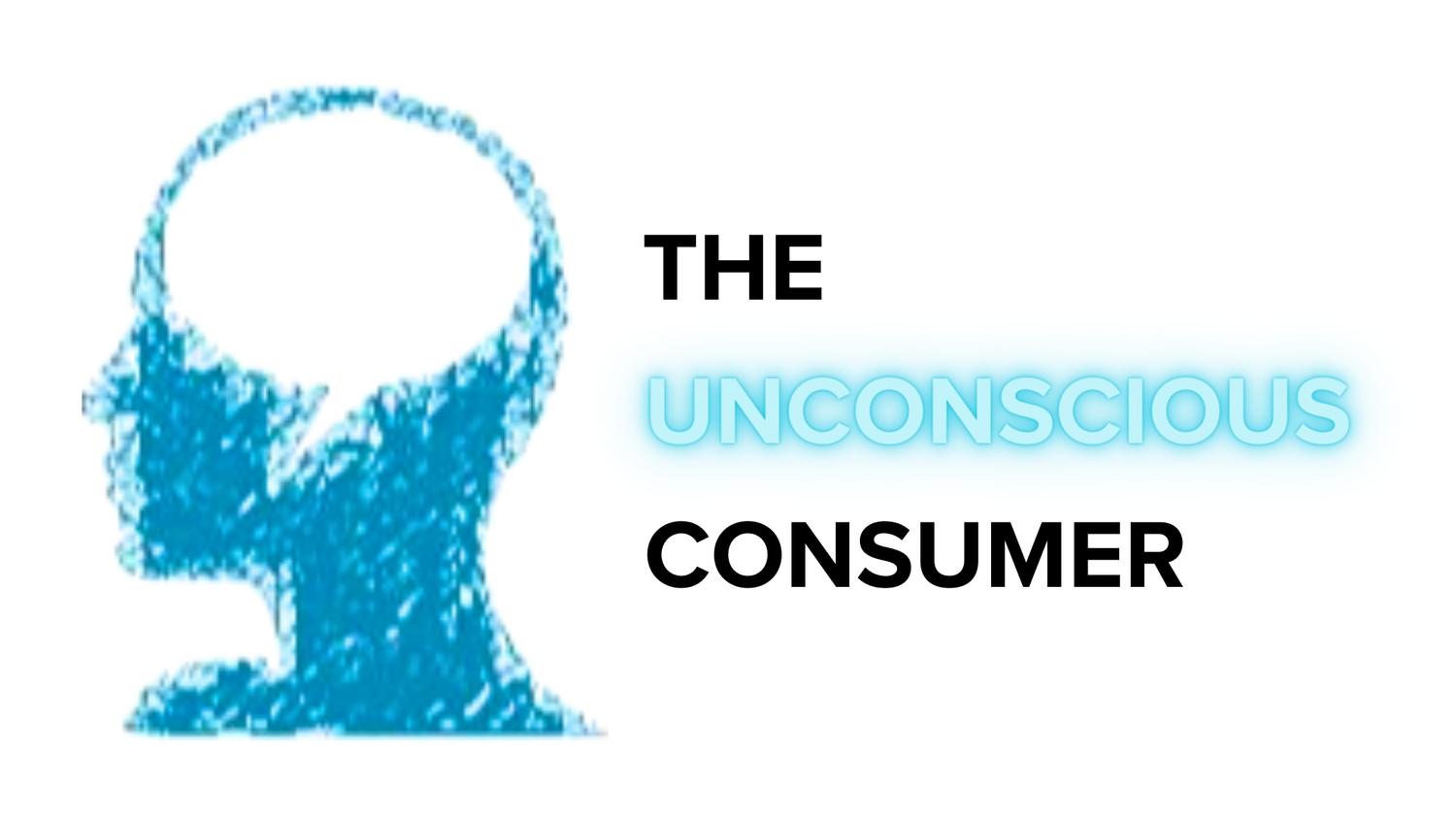Game On or Game Over? The Ethical Crossroads of Gamification
In a landscape ripe for user engagement, the allure of gamification beckons like a siren song. Gamification—the art of infusing game-like elements into non-gaming environments—has emerged as a compelling strategy to elevate user engagement, retention, and steer behaviours toward desired outcomes. Amidst the cascade of badges, the thrill of leaderboards, and the joy of levelling up, lurks a shadowed concern—the potential to foster addiction.
The Hook and The Hooked
The landscape of gamification is as broad as it is varied, from fitness apps celebrating daily workout streaks to language learning platforms rewarding progress with playful animations. These game mechanics tap into the primal human desires for achievement, competition, and social interaction. Yet, herein lies a fine line between crafting a fun, engaging user experience and nurturing a compulsive loop leading to addiction.
While there's a paucity of direct research linking gamification to addiction, the mechanisms employed in gamification often parallel those seen in gambling and gaming addictions. A paper on ResearchGate delves into the bright and dark sides of gamification, proposing a framework for intelligent gamification to address these aspects simultaneously, reflecting the complexity and the potential pitfalls of gamification when not carefully managed.
The hook sinks deep, sometimes too deep, entangling users in a cycle of compulsive engagement that could morph into digital addiction. In a paper on ScienceDirect discussing the impact of gamification on learning and instruction, it’s mentioned that compulsive online gaming is increasingly recognized for its high-risk behaviours often leading to gaming addiction. The paper further touches on how what started as playful escapism has shifted the tone of gamified learning, reflecting a broader change in the narrative surrounding gamification and its potential negative impacts.
These insights offer a glimpse into the nuanced landscape of gamification, underlining the importance of balanced design to ensure that the quest for engagement does not veer into the territory of addiction.
The Cost of Digital Addiction
The ripple effects of digital addiction extend far beyond the screen, infiltrating the fabric of everyday life. A cascade of adverse outcomes trails in its wake, including sleep disturbances, a decline in physical activity, and stunted social interactions. The stakes soar high, resting a hefty responsibility upon the shoulders of UX designers and product developers. The allure of gamification, when unchecked, can morph into a pandora's box of issues, with the user ensnared in a cycle of compulsive engagement.
Ethical Design: A New Horizon
The murmurs around "ethical design" are growing louder within the tech corridors—a framework that places user well-being above the metrics of engagement. This narrative calls for products that augment users' lives instead of monopolizing their attention, challenging the traditional ethos of gamification and inviting a more nuanced approach to embedding game mechanics in digital realms.
Leading the cavalcade of ethical design is Tristan Harris, a former design ethicist at Google, who advocates for a "Time Well Spent" philosophy. This ethos nudges designers to craft experiences that deliver true value, foster meaningful connections, and empower users to spend their time judiciously, moving away from the superficial metrics of engagement towards a more holistic measure of user satisfaction and well-being.
Conscious Gamification: The Middle Ground
As the narrative around ethical gamification evolves, several strategies have surfaced to harmonize engagement with user well-being. A notable approach is the realm of "conscious gamification," which weaves game elements in a manner aligned with the users' long-term goals and values. Take Duolingo, a language learning platform. While it employs gamification to fuel motivation, it also hands the reins to users to tailor their learning journey, thereby fostering a healthier, self-directed engagement.
Transparency forms the bedrock of ethical gamification. An informed user is an empowered user. Clarity on how data is harnessed, the mechanics of gamification, and tools to manage interactions with game elements is imperative. This era calls for a clear demarcation between engagement and exploitation, urging designers and developers to tread this fine line with a moral compass in hand.
Navigating the Gamification Paradox
The gamification paradox unfurls a complex challenge, yet an avenue for innovation. By intertwining the engaging traits of gamification with a conscious, user-centric approach, it's possible to design digital landscapes that captivate yet enrich. The journey through the gamification paradox is akin to navigating a labyrinth, with ethical design as the compass guiding through the meandering paths toward creating digital experiences that are not only captivating but also enriching and responsible.
Want to share your thoughts? Feel free to share them in the comments section below or on social media.



